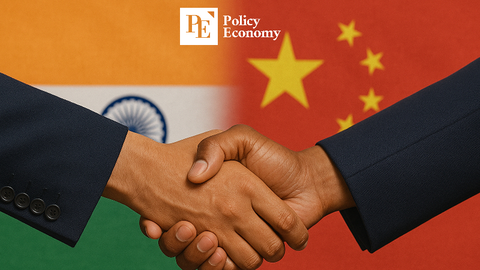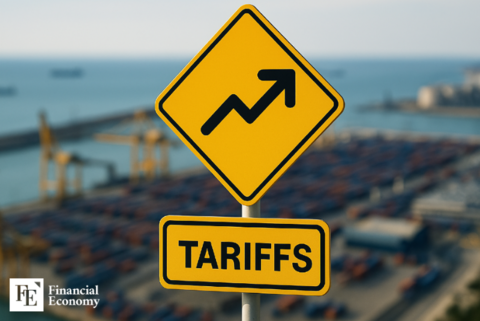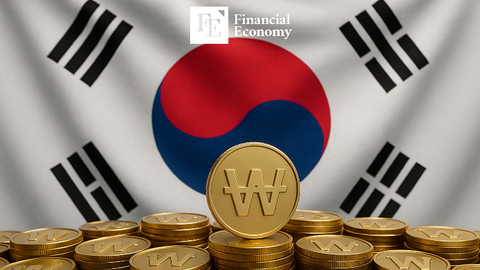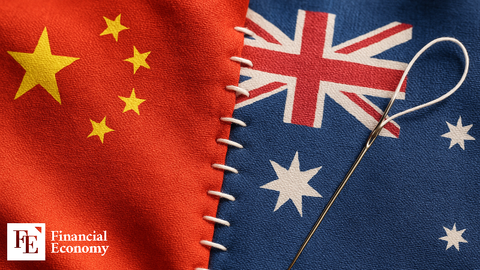Input
Changed
U.S. and U.K. Finalize Comprehensive Trade Deal Japan Continues Talks Through Repeated Ministerial-Level Negotiations India Advances Rapidly, While South Korea Remains Stalled
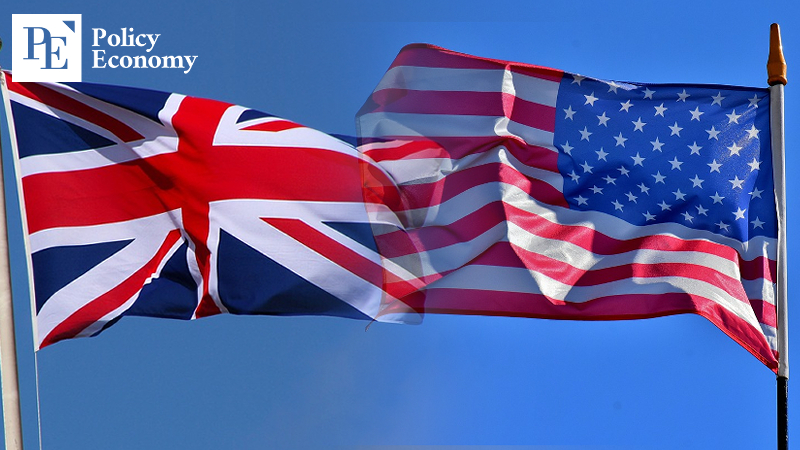
The United States and the United Kingdom have successfully concluded a trade agreement. This marks the first such deal since the Trump administration announced reciprocal tariffs of up to 145% on countries around the world. The market is now closely watching the progress of trade negotiations with other key nations that the U.S. has identified as top targets for talks—namely India, Japan, and South Korea.
UK and U.S. Conclude Comprehensive Trade Agreement Amid Renewed Bilateral Momentum
On June 8 (local time), U.S. President Donald Trump announced the conclusion of a comprehensive trade agreement with the United Kingdom during a press briefing at the White House in Washington, D.C. The event was attended by Vice President J.D. Vance and Commerce Secretary Howard Lutnick, with UK Prime Minister Keir Starmer joining via conference call.
“This is a historic day—both because it marks the anniversary of our shared victory in World War II and because of this landmark trade agreement,” President Trump said. “There’s no better day to announce such a great deal.” He praised Prime Minister Starmer’s negotiating team, calling it “brilliant,” and lauded the strength of the bilateral partnership.
According to Trump, the agreement significantly expands U.S. access to the UK market, especially for agriculture and energy exporters. “This will be a great deal for both nations,” he stated. “When countries respect the United States and bring serious proposals to the table, they’ll find we’re open for business. More deals will follow.”
Under the agreement:
- Tariffs on up to 100,000 British-made vehicles exported to the U.S. will be reduced from 25% to 10%.
- Tariffs on British steel and aluminum will be lifted.
- A 10% baseline reciprocal tariff remains in place.
- The UK will open its market to U.S. ethanol, beef, agricultural goods, and machinery.
- The deal includes fast-track access for U.S. goods and reduced non-tariff barriers.

Japan, India, and South Korea Eye Next Steps
With the U.S.-UK negotiations wrapped up, attention now turns to the next round of top-priority talks. The Trump administration had previously identified five countries for priority negotiations during a 90-day tariff moratorium: the UK, Japan, Australia, India, and South Korea.
Japan was the first to begin formal discussions. On May 7, U.S. Treasury Secretary Scott Bessent announced that Trump had authorized trade talks aimed at ushering in a new “golden age” of global commerce. Trump and Japanese Prime Minister Shigeru Ishiba held a 25-minute call to formally initiate the process.
Following that, ministerial- and working-level negotiations have been ongoing. Japanese media report that during the second round of ministerial talks, Japan floated potential concessions including relaxed U.S. auto safety standards and expanded tariff-free imports of corn, soybeans, and rice. However, official details remain undisclosed.
India and South Korea's Gradual Approach
India, meanwhile, is advancing steadily. On June 8, Commerce Secretary Lutnick told Bloomberg TV that India was “very proactive” in negotiations and likely to be among the next to strike a deal. The two sides launched bilateral trade talks in February and agreed in May to develop a detailed roadmap for a broader trade pact. U.S. Trade Representative Jamieson Greer confirmed that a finalized Terms of Reference (TOR) had been agreed, laying the foundation for eliminating unfair trade practices and opening new markets for U.S. exports.
South Korea is progressing at a more measured pace. Following a “2+2” high-level economic dialogue last month, the two sides narrowed their agenda to cover tariffs, non-tariff issues, investment cooperation, economic security, and digital trade. While the U.S. has yet to present formal demands—such as on beef age restrictions or Google Maps data export—those topics are expected to arise around Greer’s planned visit to Seoul next week.
Korea's caretaker government, which is set to transition following the June 3 presidential election, has stated it will not conclude any trade deal until the new administration is in place. Industry Minister Ahn Duk-geun, who leads the U.S. trade negotiations, said during a parliamentary session on May 30, “It is procedurally impossible to reach a final conclusion before election day.”


